This monumental clock is one of the most mechanically sophisticated and artistically refined clocks of the Early Modern period. It was commissioned by Elector August of Saxony (ruled 1553 – 1586) and created at the court of his brother-in-law, Landgrave Wilhelm IV of Hessen, following a prototype built for Wilhelm himself, which is still to be seen in Kassel today. The complex mechanism of these two clocks was calculated with the direct involvement of the Landgrave and executed under the supervision of Eberhard Baldewein.
Even before the latter clock for Dresden was completed, it was already being talked about abroad and was held to be “more beautiful, larger, and more artful” than its famous predecessor in Kassel. Neither an outbreak of the plague in Hessen nor repeated technical difficulties and cost increases diminished August’s desire to possess this technical marvel. When the clock was presented at Dresden after five long years of waiting, the Elector of Saxony was “much delighted and amused” by its many features, according to an eyewitness report. Mechanical wonders such as this astronomical clock were conspicuous symbols of power. They were intended to demonstrate to visitors to the court that with the aid of a machine the Elector could control even the complicated movements of the heavenly bodies.
On the basis of the geocentric view of the universe prevailing since late antiquity, the astronomical clock shows the orbits of the seven classical “planets” visible to the naked eye – Mercury, Venus, Mars, Jupiter, and Saturn, as well as the Sun and Moon. The position of these heavenly bodies in relation to the stars of the Zodiac, as seen from the Earth, is shown on the four sides of the clock’s tower-like structure. On top of is a silver celestial globe onto which the positions of the stars have been engraved according to the extremely precise measurements made by Wilhelm and his astronomers in his palace at Kassel. The clockwork mechanism concealed inside the tower turns the celestial globe around its own axis once a day and drives the hands of the dials on the four sides in accordance with the different speeds of the planets on their orbits in the sky (ranging from one revolution per month for the Moon to one revolution about every 30 years in the case of Saturn), also capturing the occasional periods of “retrograde” or backward motion of the planets as viewed from the Earth.
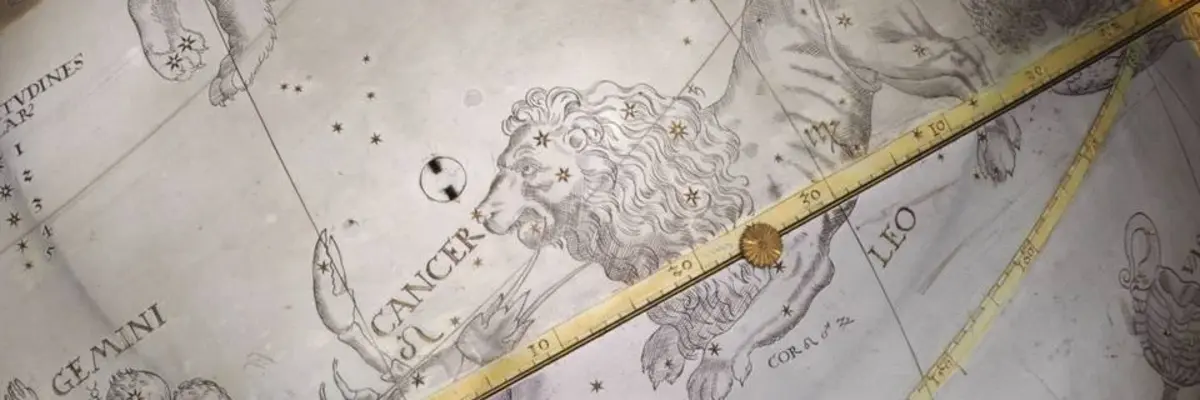
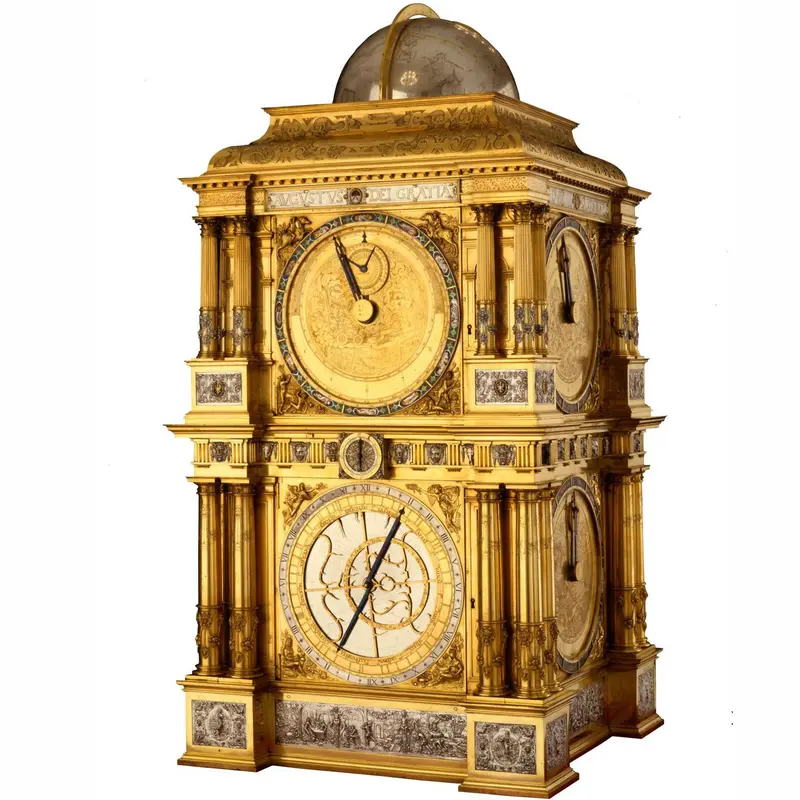
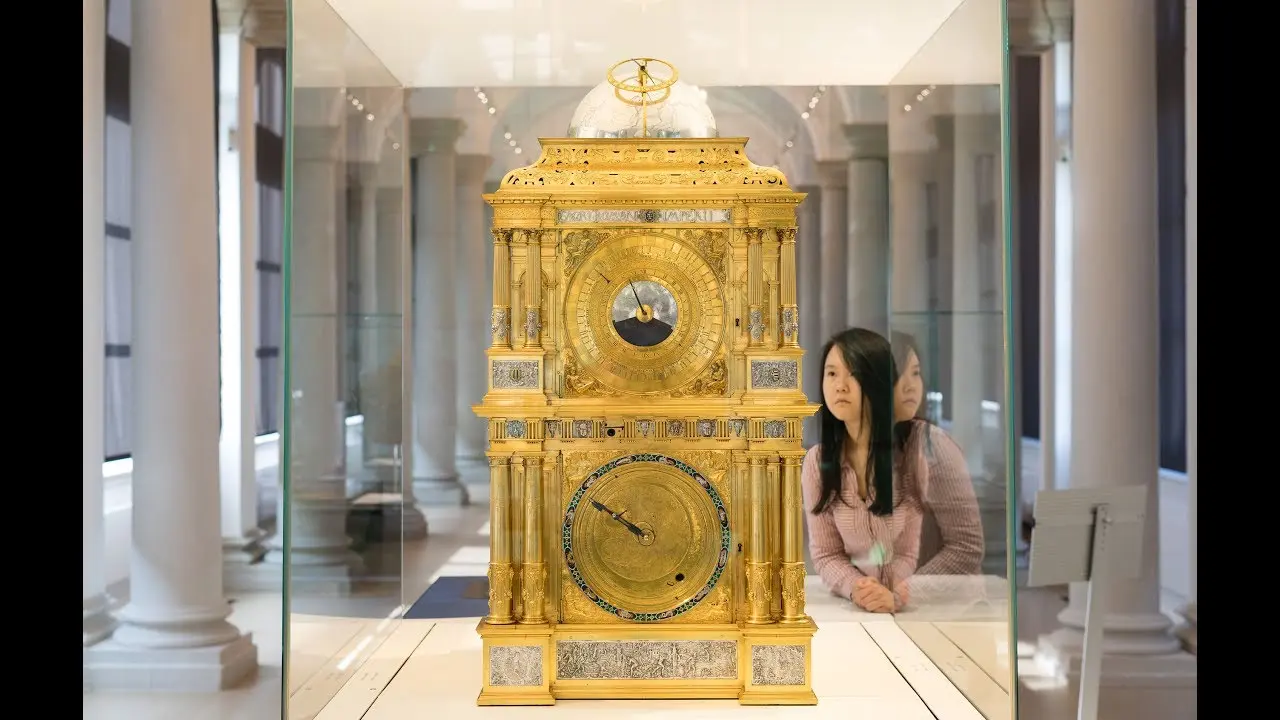
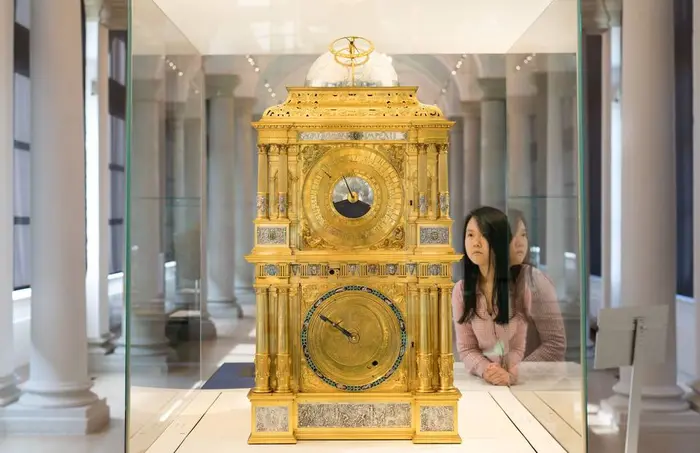
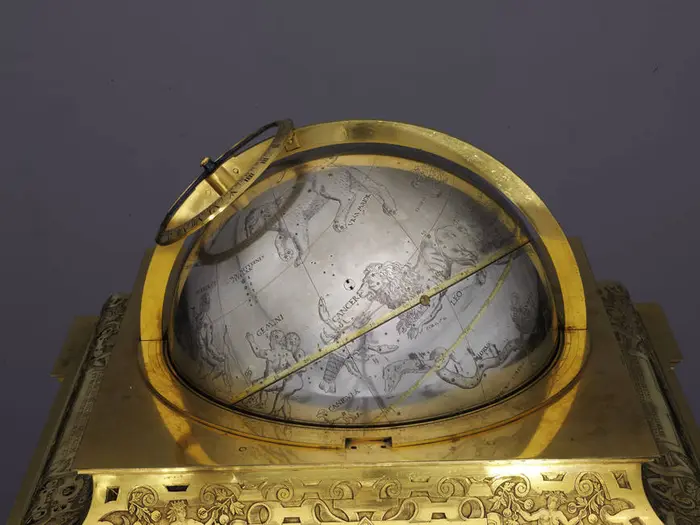
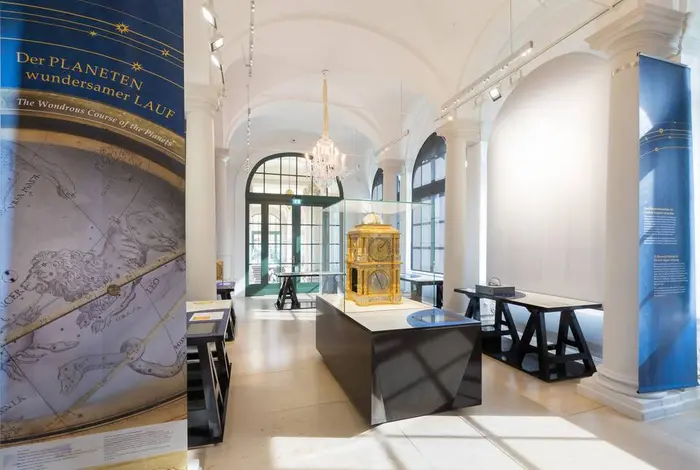
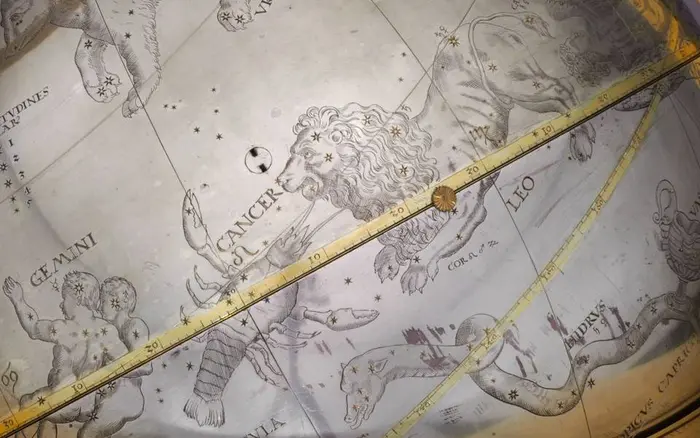
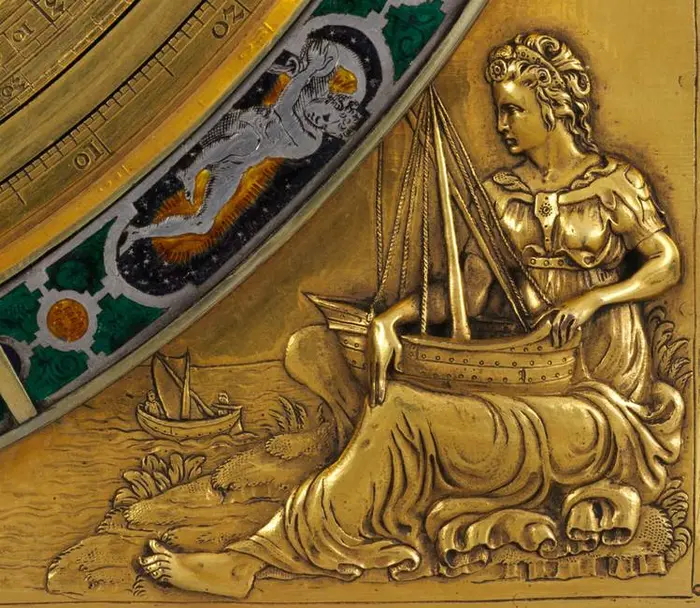
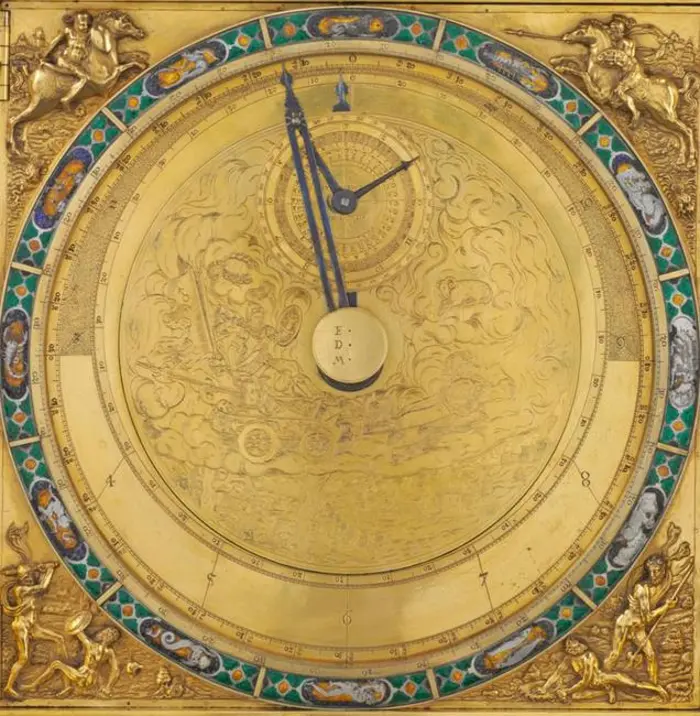





![[Translate to English:] Weltsicht und Wissen um 1600 Brettspiel mit 30 farbigen Holzsteinen](/fileadmin/_processed_/7/5/csm_rk-weltsicht-ausstellungsteaser-portal_01a0ab1a9f.jpg)
